A game plan to win in a competitive situation.
Know yourself – your resources, your capabilities, your strengths, your weaknesses, your consumers, your allies
Know your competition – how will they react to you, their strengths, weaknesses.
Know the terrain – the industry, the environment, the markets
Identify a plan that leads to SUSTAINABLE ADVANTAGE and helps you win
To win, consider both the big-picture strategy and the execution details.
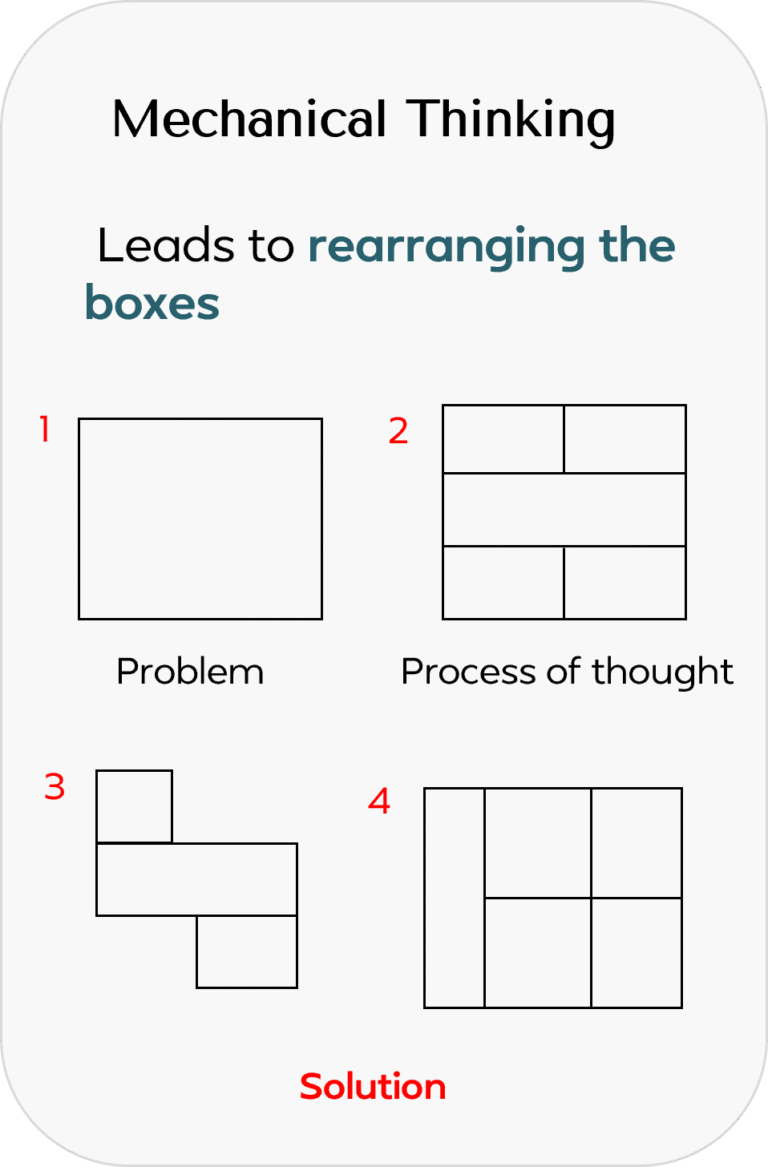
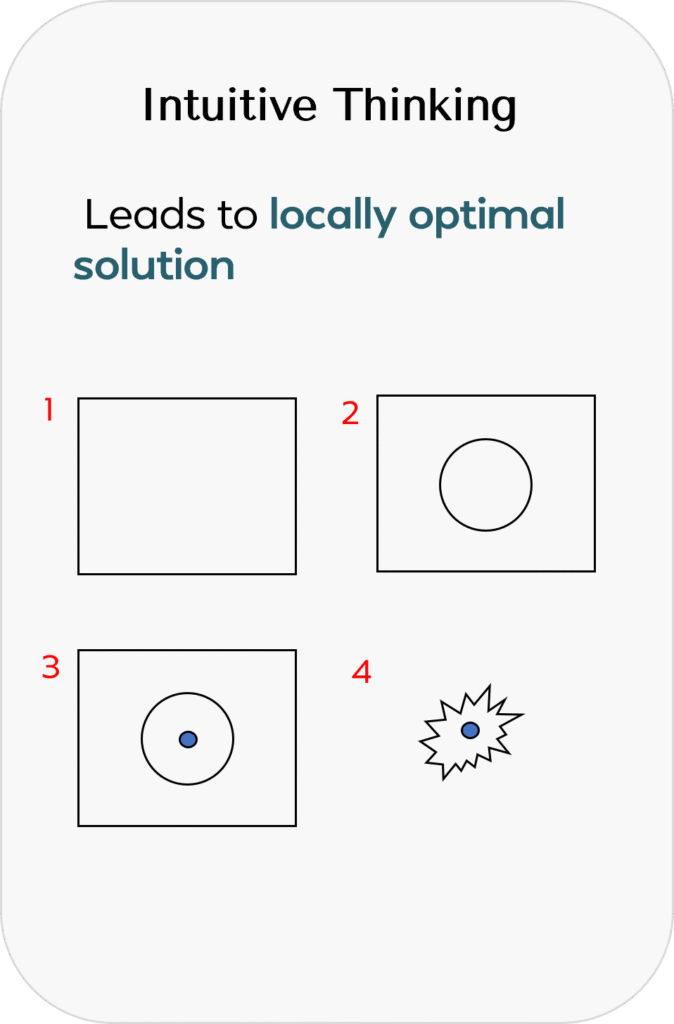
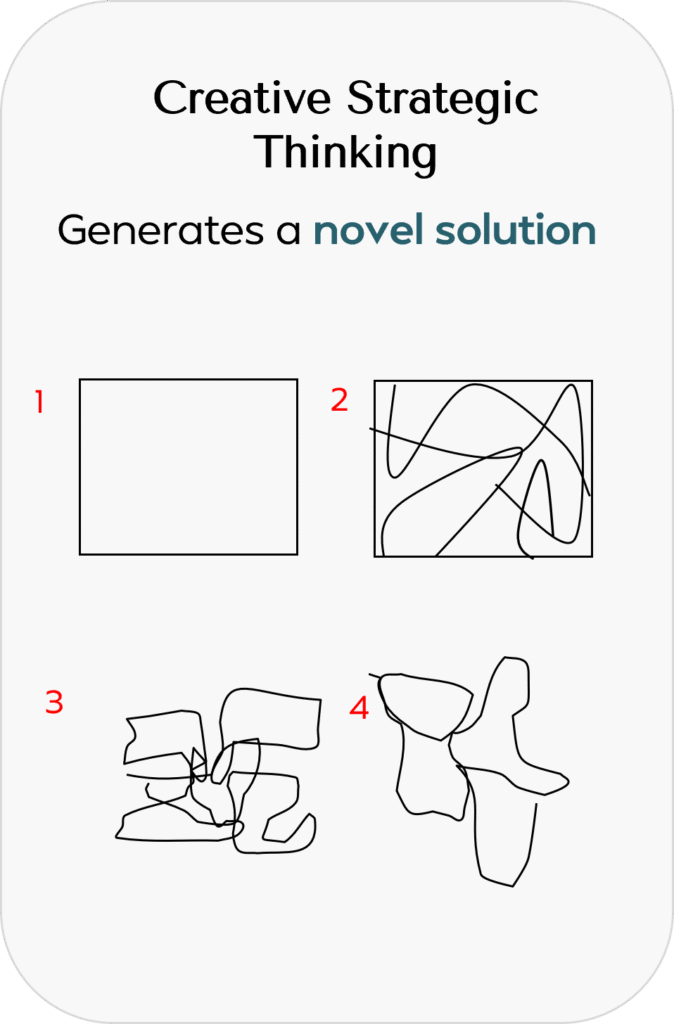
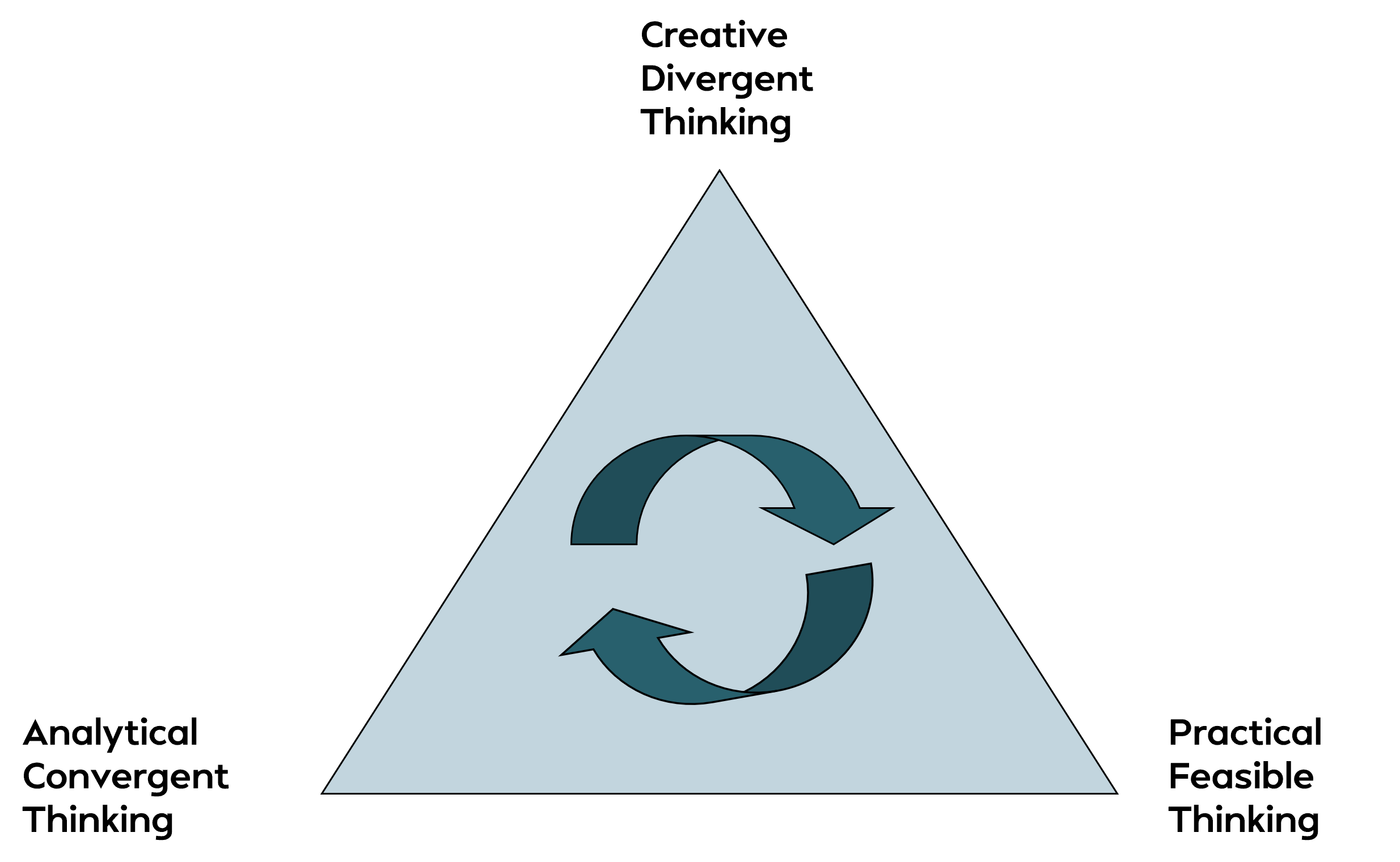
Most strategy assignments start with a comprehensive 5C strategic analysis.
We systematically explore the macro-environmental context, the consumers, the competitive forces, the institutional collaborators and partners, and finally, the strategic vision and the organizational mission and purpose that is fueling the initiative.
The 5C analysis emphasizes analytical rigor and creative interpretation. The method is a blend of convergent, divergent, and practical thinking and application that results in compelling strategic insights and opportunities.





A top cancer hospital’s website drew 25 million visitors but struggled with low patient conversions. Our strategy cut through online information clutter encouraged screenings and nudged at-risk individuals to adopt healthier behaviors—such as eating well, exercising, and using sunscreen. By leveraging digital tools and directing users to trusted hospital resources, we increased engagement and boosted conversion rates.
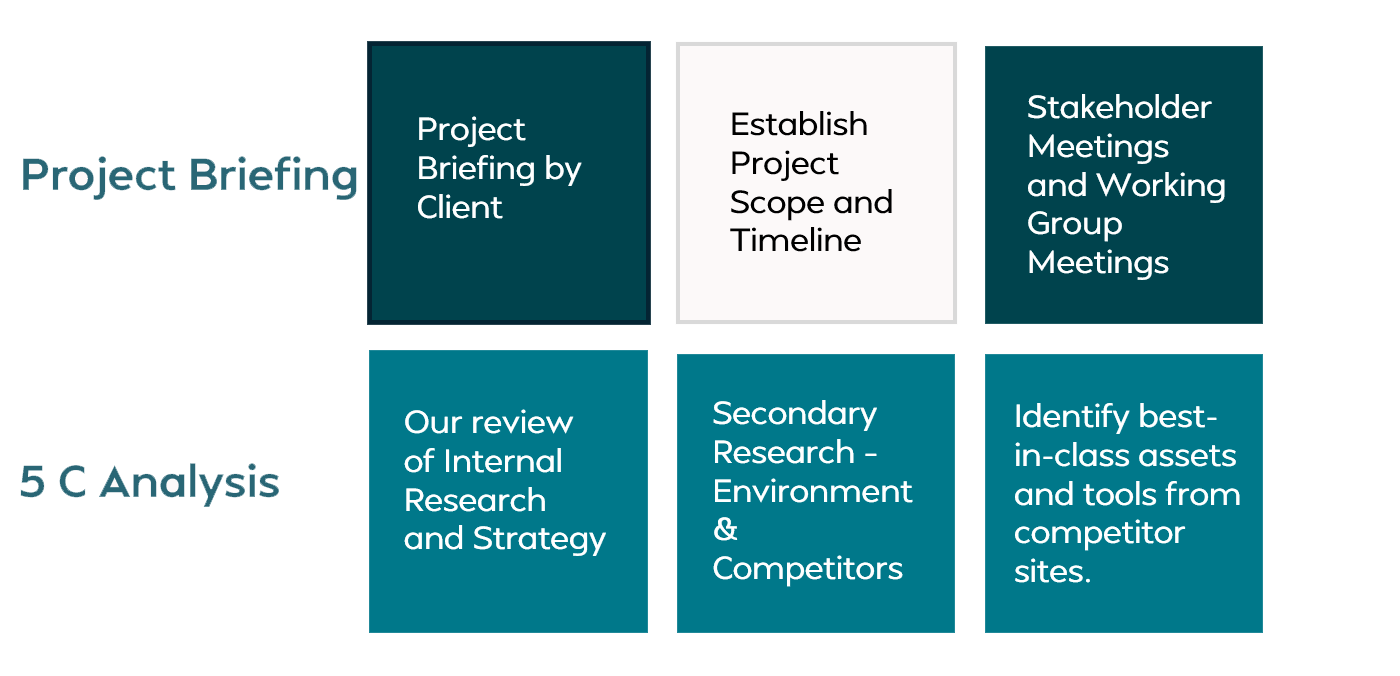
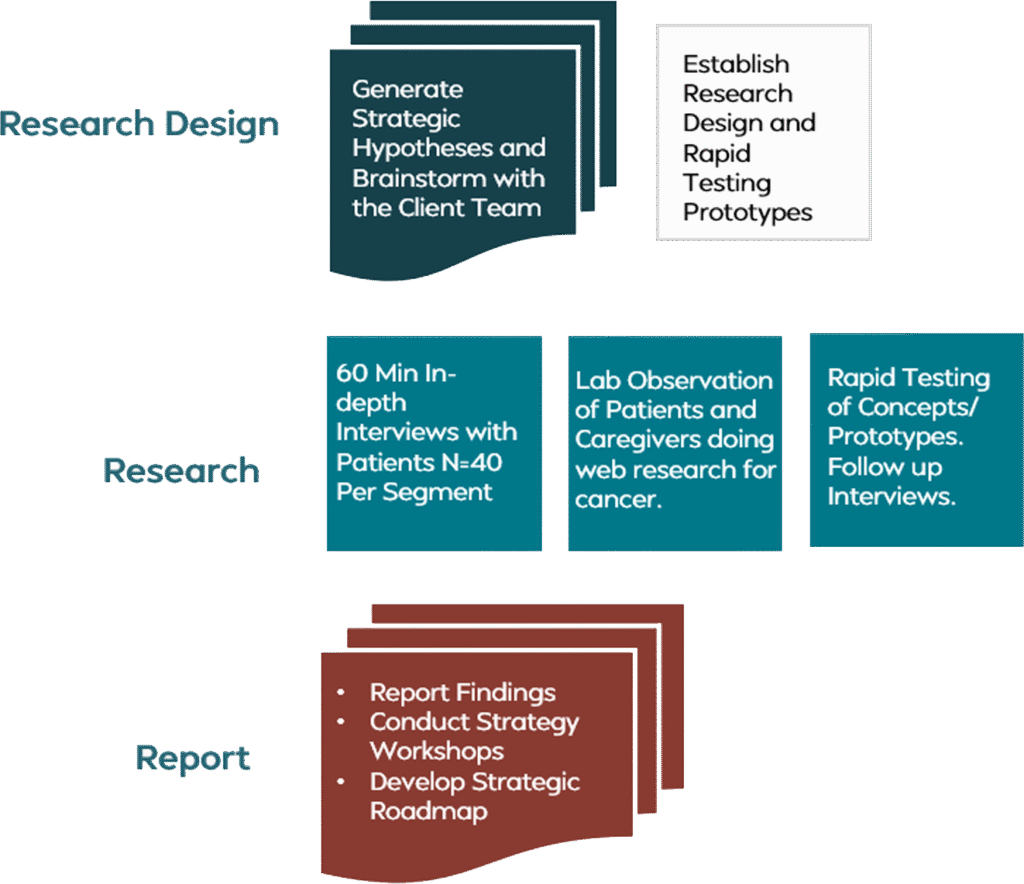
The strategy canvas is a tool developed by Chan Kim and Renee Mauborgne for representing the current strategic landscape. The strategy canvas represents the drivers of competition on the X-axis and plots the offering levels of competitors on each of these drivers.
The canvas tells a story of how competitive offerings are arrayed in the market, highlighting strategic gaps and opportunities.
A strategic roadmap outlines the strategic objectives and the steps necessary to accomplish them. The roadmap outlines the strategic goals, initiatives, timelines, resources, and potential roadblocks.
A roadmap serves as both a communication tool and a management tool. It helps align stakeholders, clarifies roles and responsibilities, and provides a mechanism for monitoring progress on a timeline.
We’d love to hear from you!
Please enter your contact details if you want to know how we can help your business through strategic research, UX/UI design, or brand innovation.
